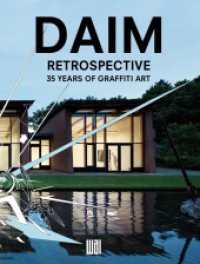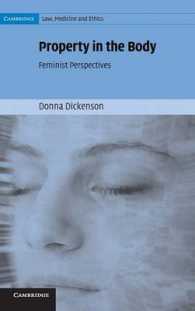- ホーム
- > 洋書
- > 英文書
- > History / World
Full Description
Early American artists and political thinkers wrestled with the challenges of forming a cohesive, if not coherent, culture and political structure to organize the young republic and its diverse peoples. The American School of Empire shows how this American idea of empire emerged through a dialogue with British forms of empire, becoming foundational to how the US organized its government and providing early Americans with the framework for thinking about the relations between states and the disparate peoples and cultures that defined them. Edward Larkin places special emphasis on the forms of the novel and history painting, which were crucial vehicles for the articulation of the American vision of empire in the late eighteenth and early nineteenth centuries.
Contents
1. Nation and empire in the early United States; 2. The cosmopolitan revolution - loyalism and the fiction of an American nation; 3. The painterly form of Empire - West, Copley and late eighteenth century Anglo-American history painting; 4. Between empires - the Old World, the frontier, and the expansion of the United States.








